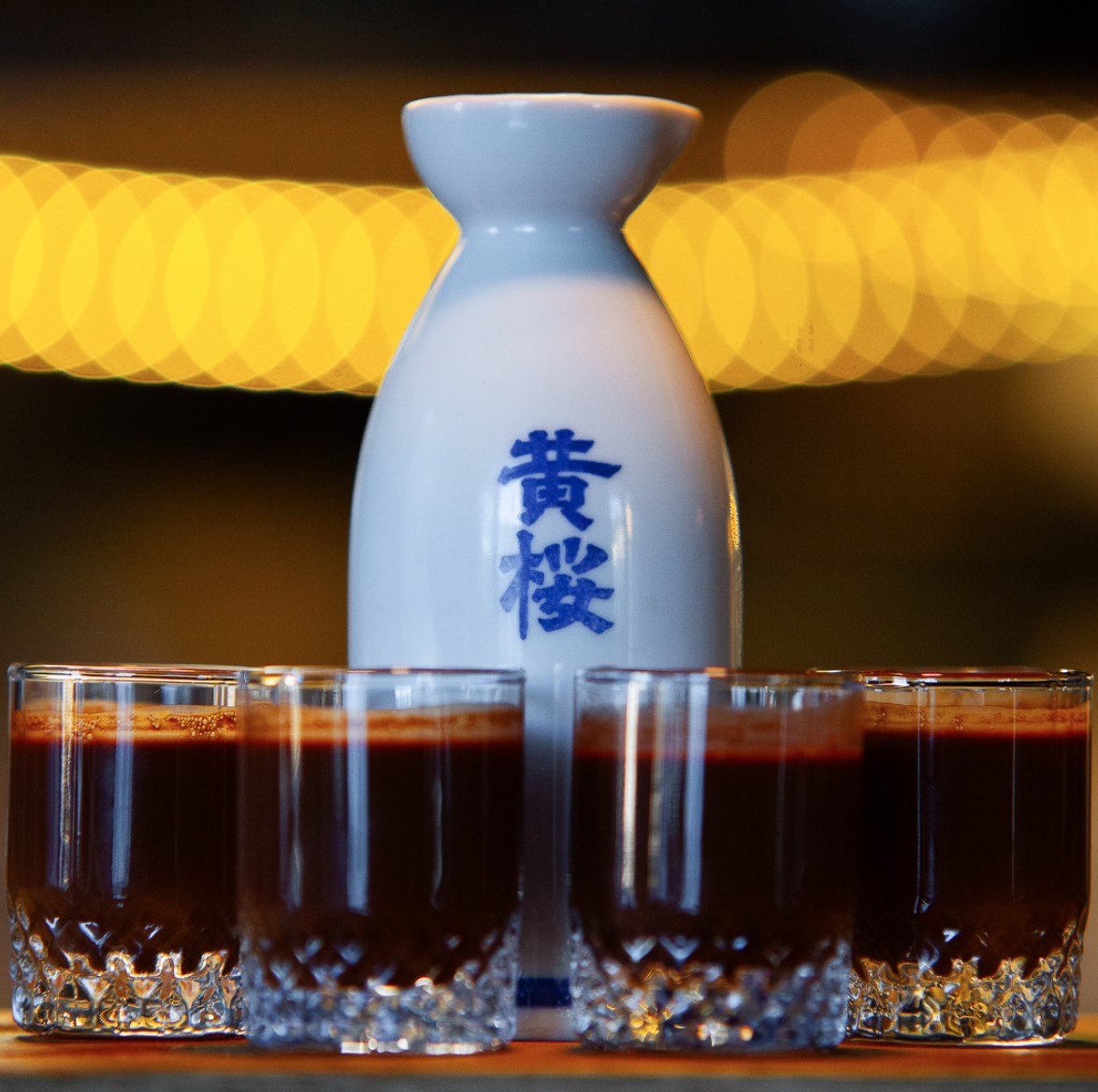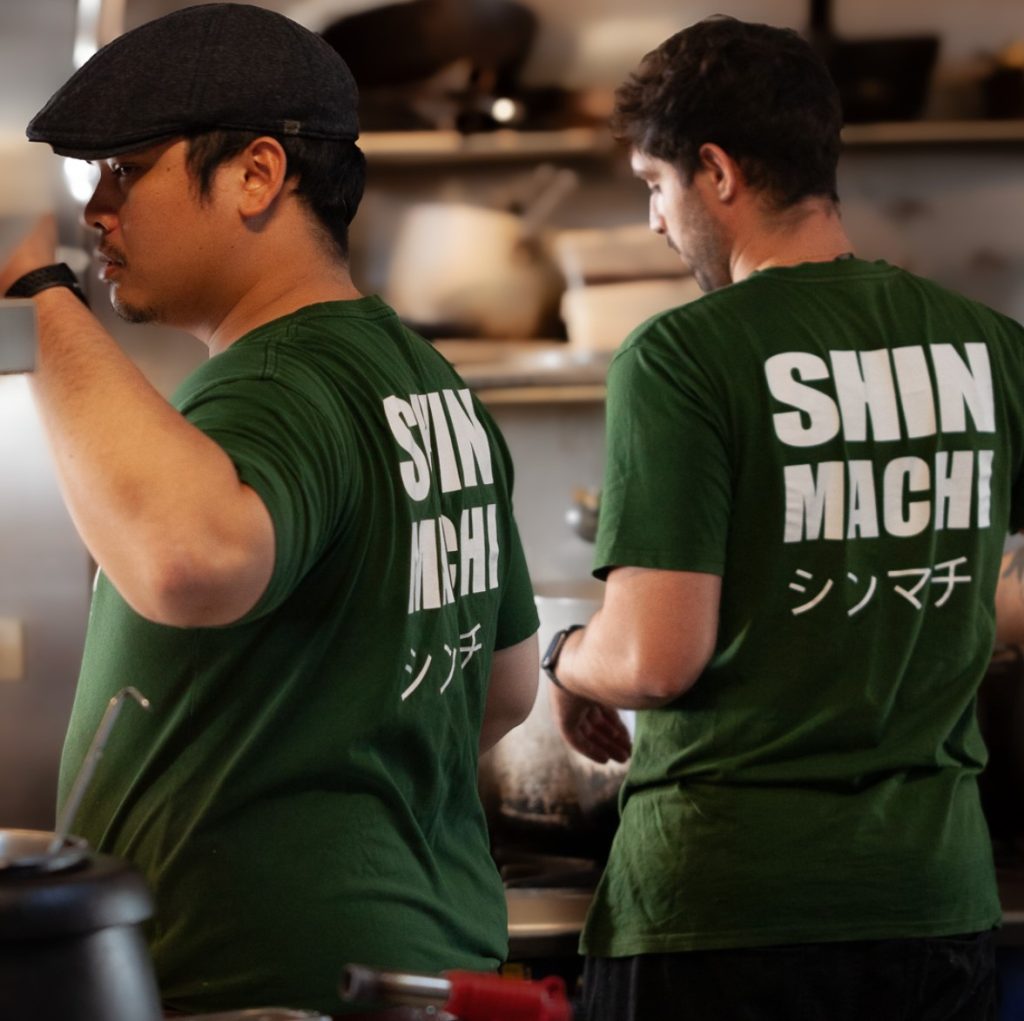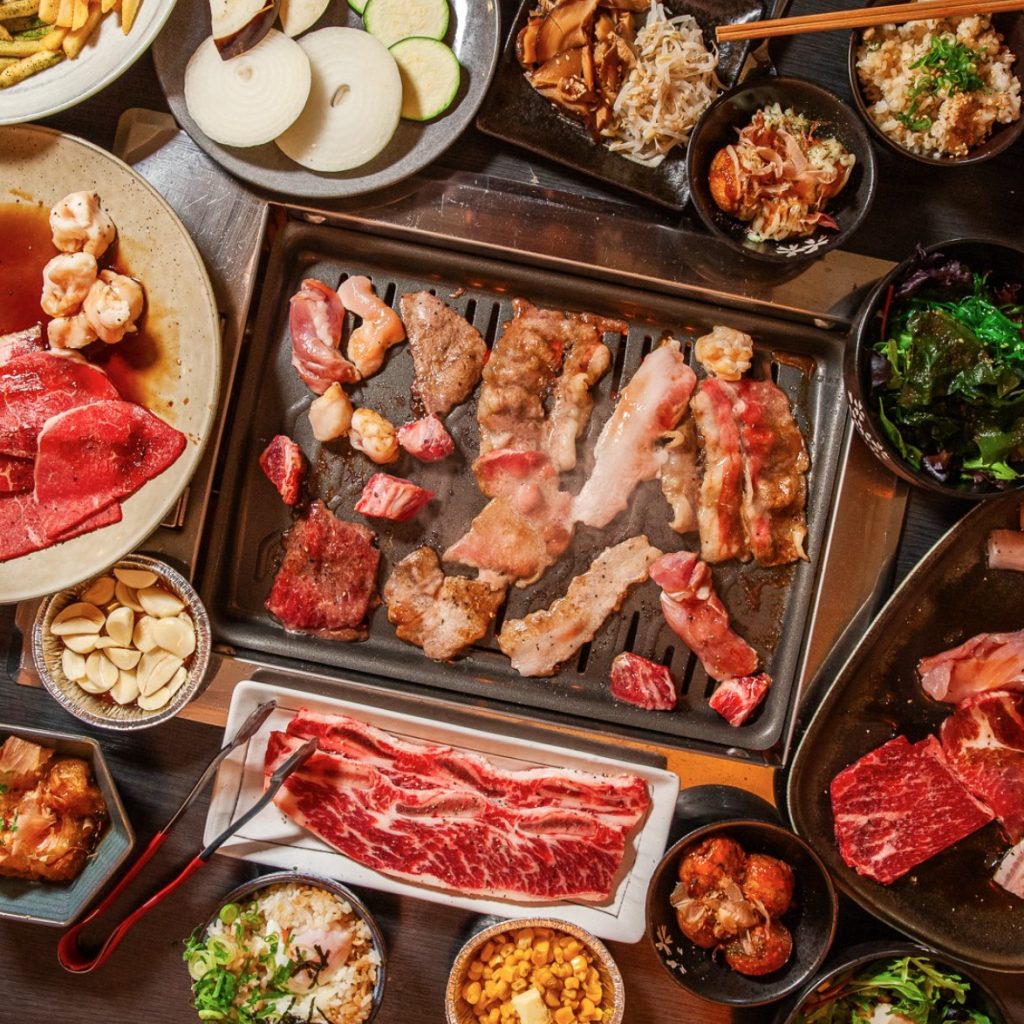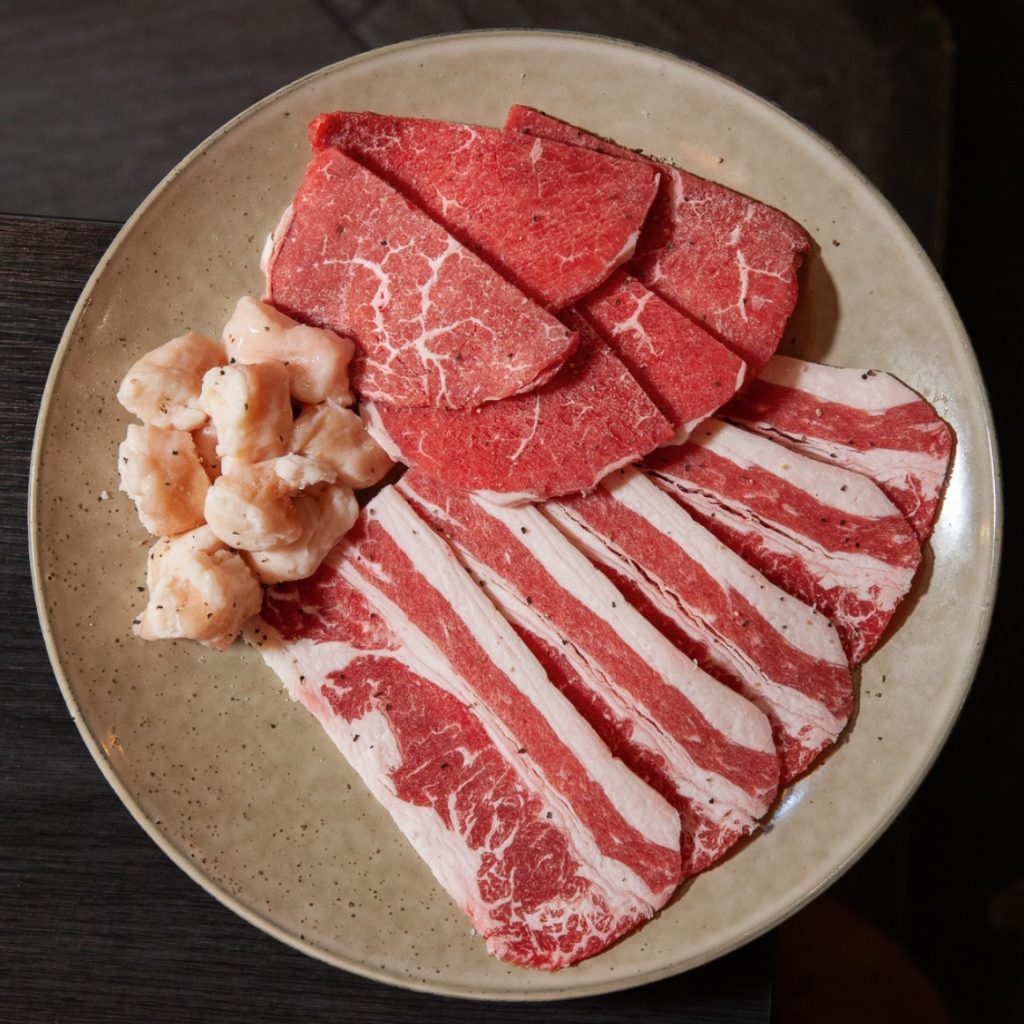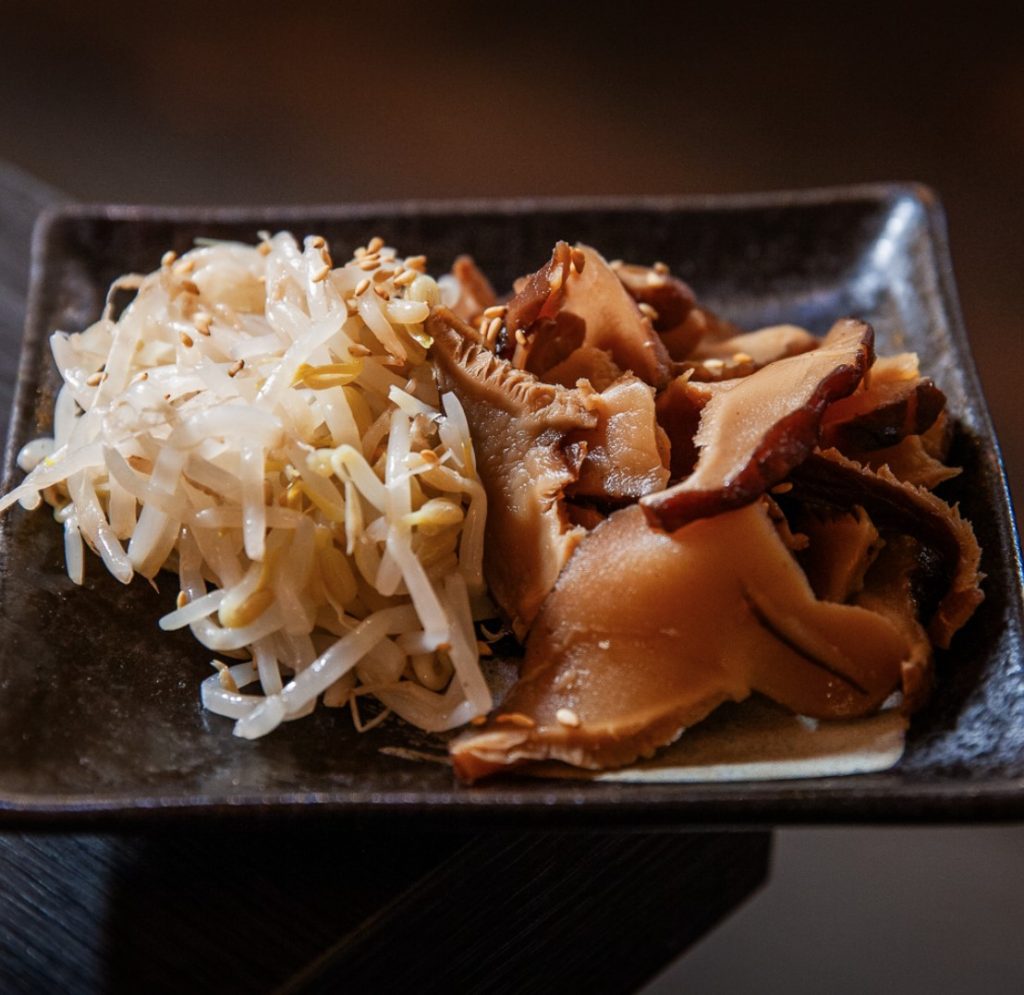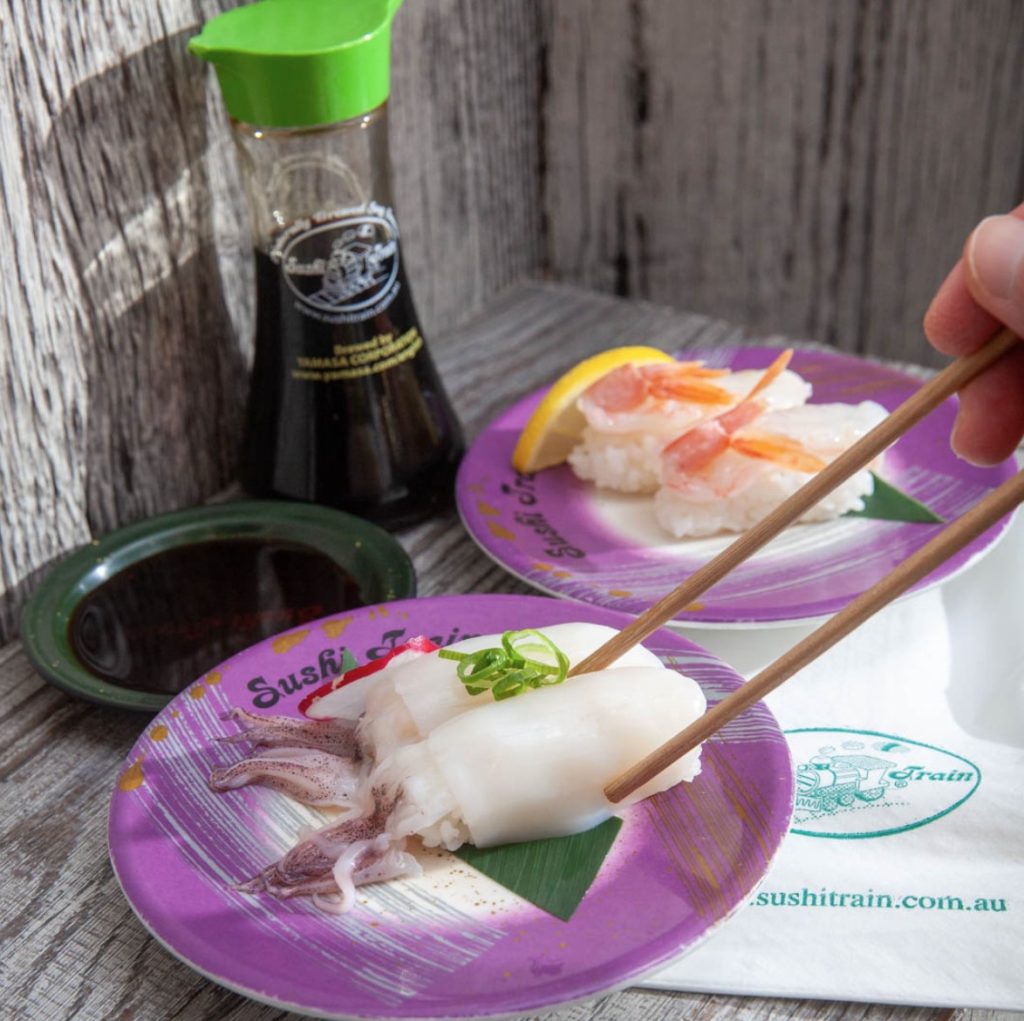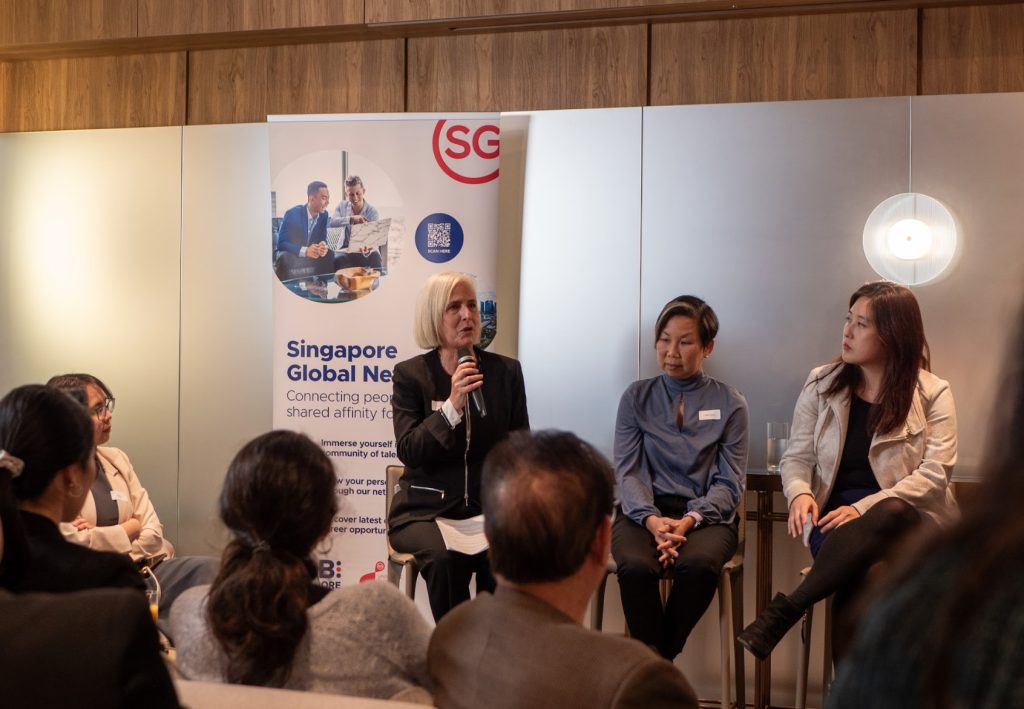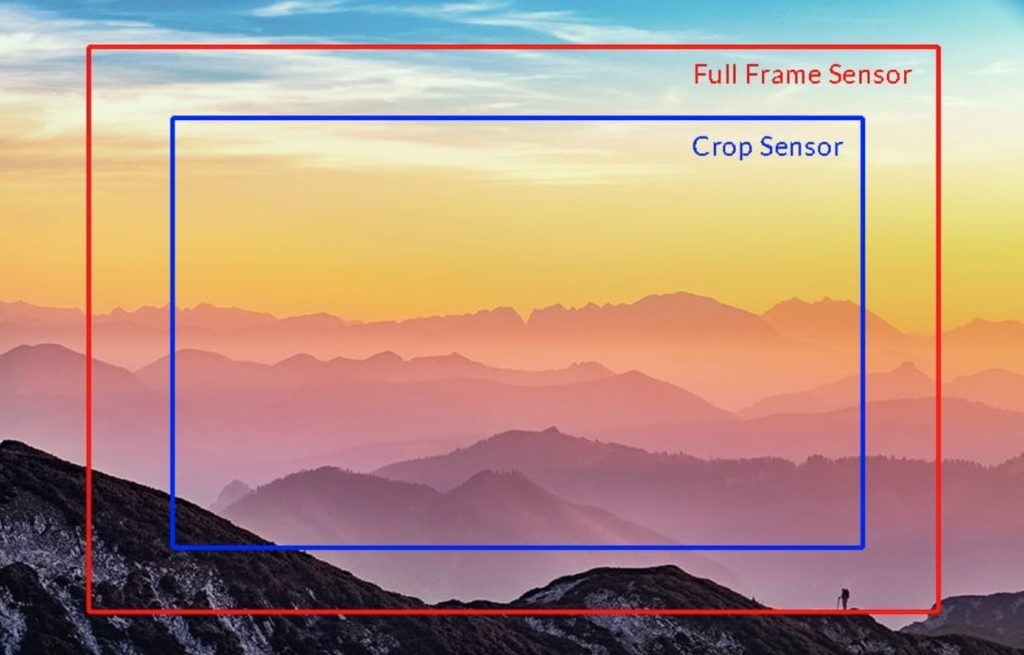Top camera lenses for food photography
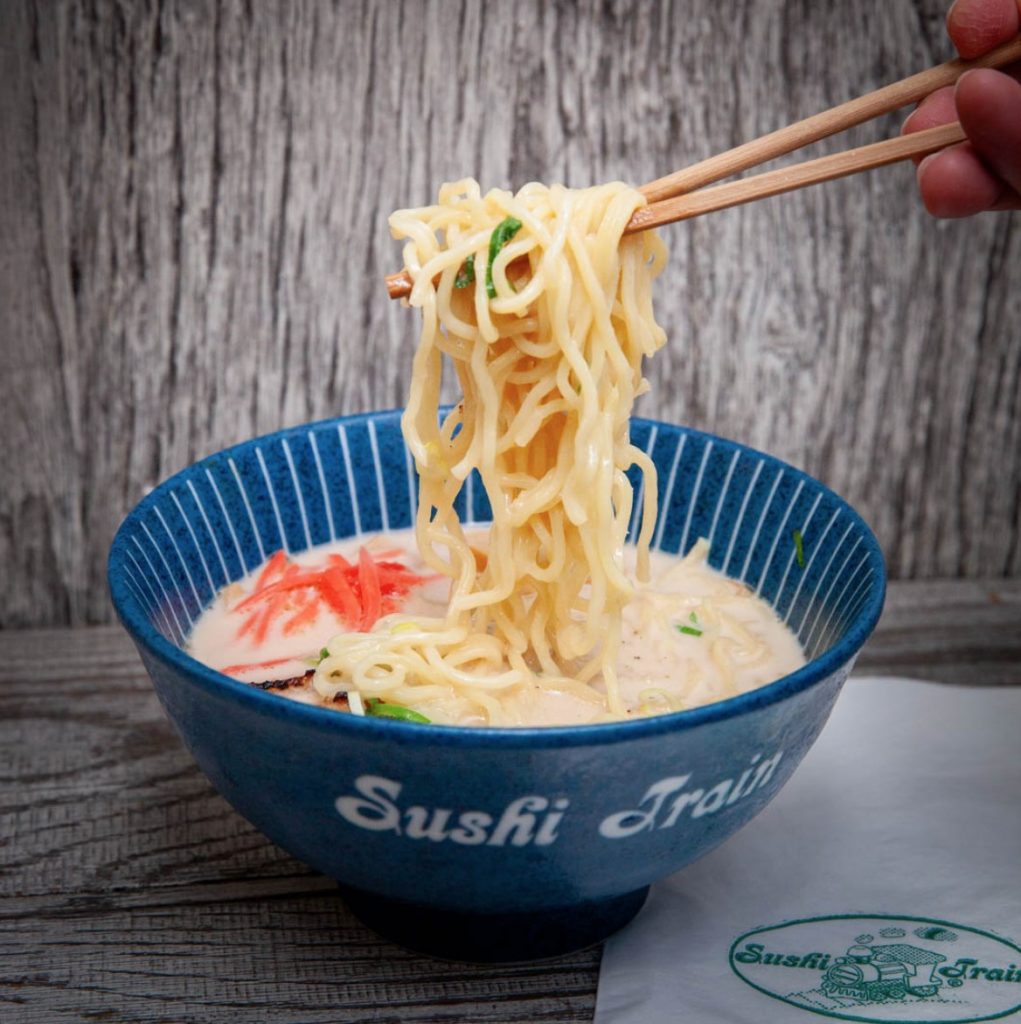
Food photography is all about showcasing the fine details of the meal, to make the chef’s creation look delicious! Whether you want top-downs showcasing the dish in its entirety, or close-up macro shots revealing its delicacy and detail, here are the my lens suggestions that are perfect for the job.
I’ll walk you through step-by-step. If you have any questions, feel free to book a complimentary consultation or message us on Instagram.
Key Terms
Macro
A term for lenses that have very short focusing distances.
Compression
Compression is the effect where the background and foreground are brought closer together, making things in the frame look larger or closer than they really are.
Subject Separation
A term for photographic effects that make the subject pop and easily differentiated from the foreground, background or both, thus appearing more attractive to the eye.
Shallow Depth of Field
Shallow depth of field means only a small part of the frame is in focus, blurring other parts of the frame, eliminating distracting elements in the background or foreground.
24mm - 70mm lens
Regardless of the brand you prefer, the 24mm – 70mm lens can be used for almost all types of photography.
Landscape, street, food, wedding, UGC (user-generated content), modelling … you name it.
This camera lens covers wide-angle focal lengths (24-35mm), as well as normal (35-70mm) and borderline telephoto (70mm).
For reference, if the focal length of a camera is more than 60 or 70mm, it can be classified as “telephoto”. This type of lens has a narrower field of view (in other words, it has a narrower angle focal length).
Thinking of focussing on distant subjects like a leopard in the wild? This lens can isolate the leopard from its surroundings.
The 24mm – 70mm lens is also usually compact and light, making it perfect for travel.
In terms of versatility, this is the ultimate lens choice.
Using telephoto for food photography
In food photography, the 24mm – 70mm lens allows you to carry a multitude of focal lengths packed into a compact form.
At the “wide angle” focal length of 24-35mm, you can capture top-down shots where more objects are in the field of view.
At a “telephoto-level” 70mm of focal length, the subject is brought out more prominently.
Compression effects (in other words, how close the foreground and background are) will improve how much the subject “pops”.
Personally, I shoot on Canon, and run with the Canon EF 24-70mm f/2.8L II USM. It has a close focusing distance, which almost classifies this lens as a macro!
A revision of the f-stop value
Another reason to favour the 24-70mm lens is because it can be quite inexpensive. Most companies produce two variants, f/2.8 and f/4.
The f/2.8 version can be quite expensive but you can get away with the f/4 variant. The f/4 variant saves you almost a third to half the price! Refresh yourself with what these numbers mean with my previous writing here.
In food photography, given sufficient lighting, you will rarely find yourself shooting below f/4, as you will need a wider depth of field for the whole subject to be in focus.
To recap our previous learnings, a higher f-stop value means that the aperture is smaller (less light is let in). This increases the depth of field, allowing more subjects to be brought into focus.
100mm Macro lens
The 100mm Macro lens is the perfect complement to the 24-70mm.
Macro lenses have very short focusing distances, allowing for close-up detailed shots of small subjects (food). It is a bold way to represent your subject, and can be quite engaging paired with normal shots of the food.
Similar to the 70mm focal length, you’ll notice the compression effect with the 100mm focal length
The subject in the foreground is brought closer to the background. Both appear larger.
Highlight the details of your food
The 100mm Macro lens is also great for those 45° angle shots, where a restaurant owner wants a tight focus on the subject.
Razor sharp images come with the shallow depth of field, highlighting the tiny details of the food and drinks.
I use the Canon EF 100mm f/2.8 Macro USM, allowing for a 0.31 metre minimum focusing distance. I would love to upgrade to the professional version one day, Canon EF 100mm f/2.8L Macro IS USM.
Squid sushi! Check-out our social media packages for restaurants.
Cropped vs. Full Frame
An important thing to note is your sensor type. The two lenses I use (as mentioned above) are only preferred because I shoot on a full-frame camera.
With crop sensors, there is usually a crop-factor to consider. This represents a 1.4x to 1.6x magnification of the picture captured at a particular focal length.
In other words, this means a photo captured by a 100mm lens with a cropped-frame camera would be the equivalent of a photo, holding distance from subject equal, captured by a 140mm to 160mm full-frame camera.
In many situations, that would be TOO big of a crop, resulting an image that feels too close.
For crop sensors, the alternative lens choices are the 16-35mm and 50mm or 60mm lenses, compensating for that extra zoom.
Picture credit: shotkit.com
Grow with VisionVivo
For many small business owners in Sydney, social media is an asset that increases community attention and customer traffic. Used correctly, social media grows strong relationships between your small business and your customers.
If you’re a business owner and would like assistance with photography, videography and social media management, we welcome you to book a consultation or message us on Instagram.
For examples of restaurants in Sydney we’ve worked with, visit this page. View our social media packages here.


